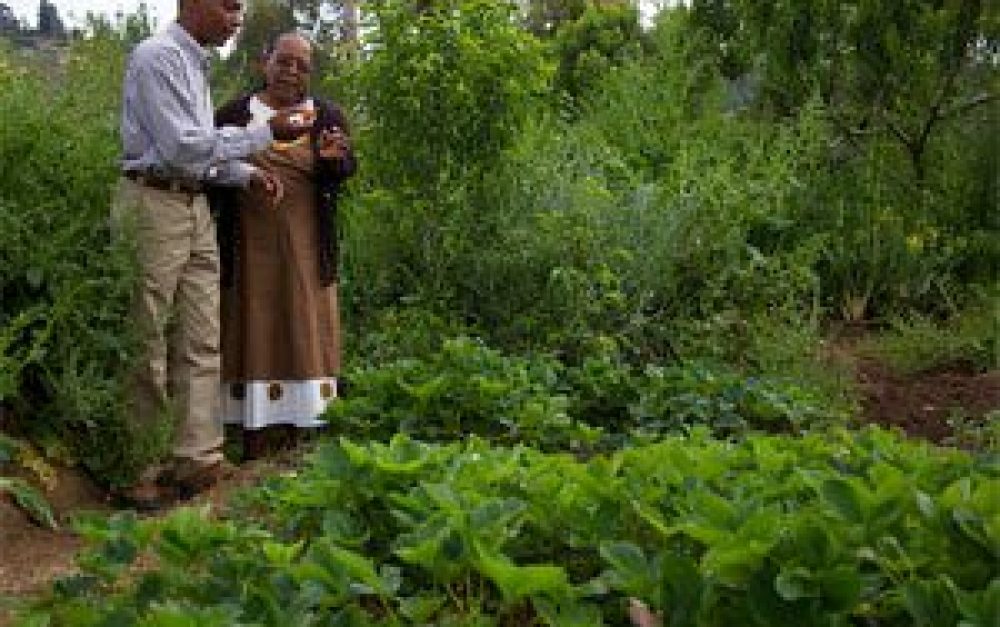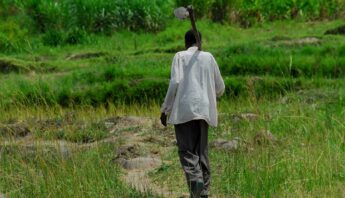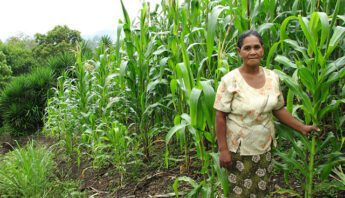Climate change, environment and agriculture are inextricably linked. Many would have us believe that protecting the environment means feeding fewer people. Can we somehow feed the world and save rare and endangered species from extinction?
A scientific review published this month by my colleague, Michael Jahi Chappell and his co-author, Liliana Lavalle, tackles just this question. Asking “Food security and biodiversity: can we have both?” Chappell and Lavalle say yes. Citing the UN-led International Assessment of Agricultural Knowledge, Science and Technology for Development (IAASTD), among other studies, the authors explain how agroecological farming not only can feed the world, but also can enhance biodiversity.
Their findings dispel a common misconception that feeding the world and protecting the environment are mutually exclusive goals. Their evidence also directly refutes the “Borlaug hypothesis” (named after the father of the Green Revolution), which argues that biodiversity conservation requires the intensification and industrialization of agriculture, so as to produce enough food in a limited area and thereby leave neighboring wildlife habitat intact.
The evidence at hand shows otherwise. Already we know that ecological agriculture is highly productive and can feed the world. But significantly, industrial agriculture is now widely considered to be the biggest single contributor to species extinctions, while far greater biodiversity is found in mosaics of ecological farming systems, which also—handily—support crucial ecosystem services like pollination.
From Conservation to Food Sovereignty
As researchers Ivette Perfecto, John Vandermeer and Angus Wright explain in their landmark 2009 book, Nature’s Matrix: Linking Agriculture, Conservation and Food Sovereignty,
There is now little doubt that isolating fragments of natural vegetation in a landscape of low quality matrix, like a pesticide drenched banana plantation, is a recipe for disaster from the view of preserving biodiversity.
Mass extinctions can be avoided and biodiversity conserved when natural habitats are surrounded by high quality matrices of ecologically farmed landscapes. Those landscapes can be established, conclude Perfecto, et al., where strong rural social movements exist, where small-scale farming is supported by fair trade and development policies, and where the conditions for food sovereignty are met.
I am heartened by Chappell and Lavalle’s optimism, which is grounded not in the narrow techno-fantasties of pesticide pushers and genetic engineers, but in the creativity, vitality and resilience of communities and forward-thinking governments, who are proving that we can feed ourselves, while protecting biodiversity and cooling the planet.








